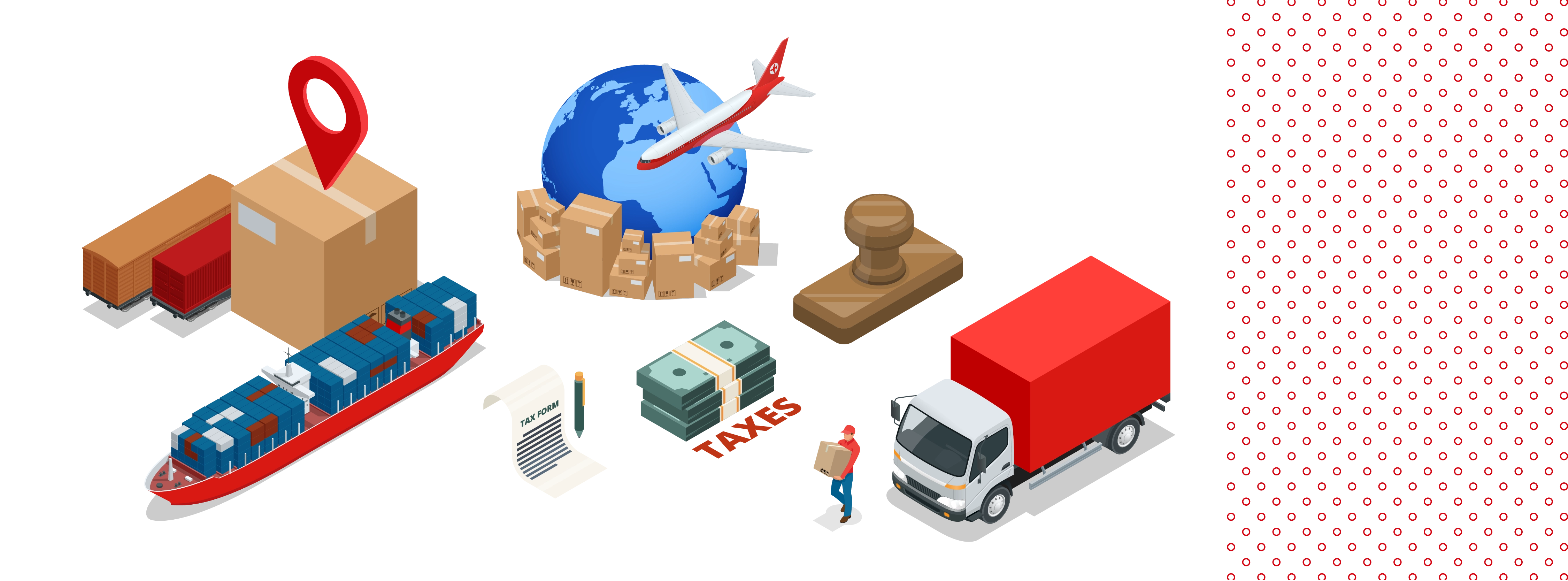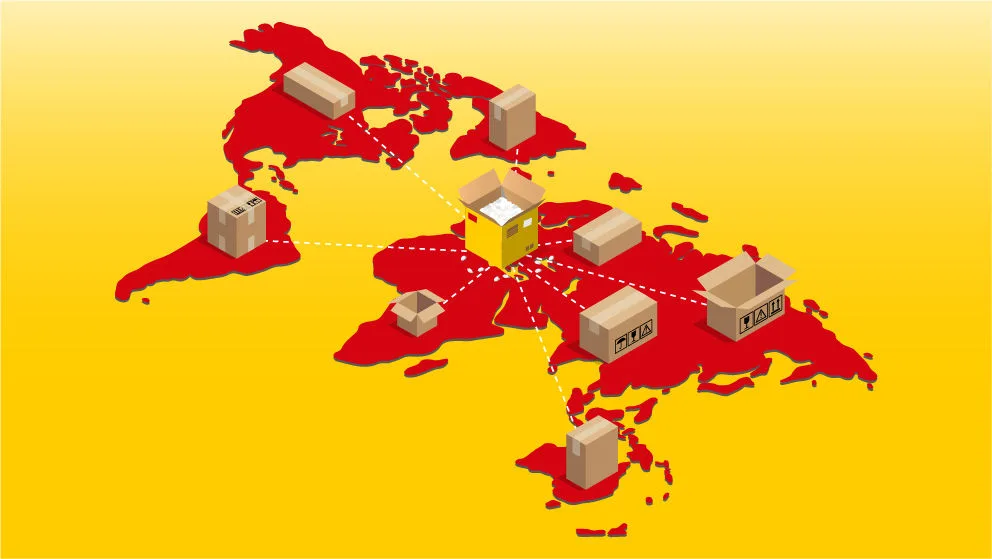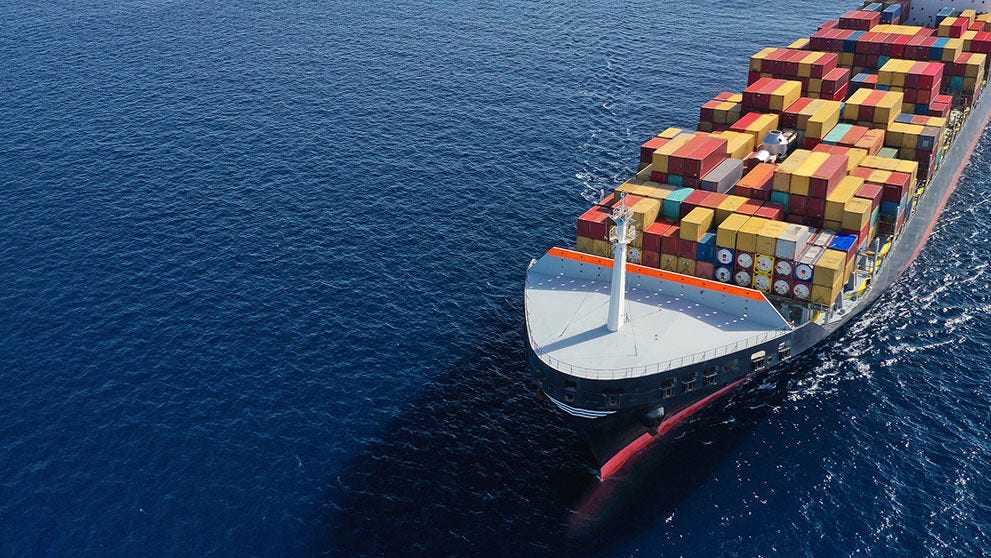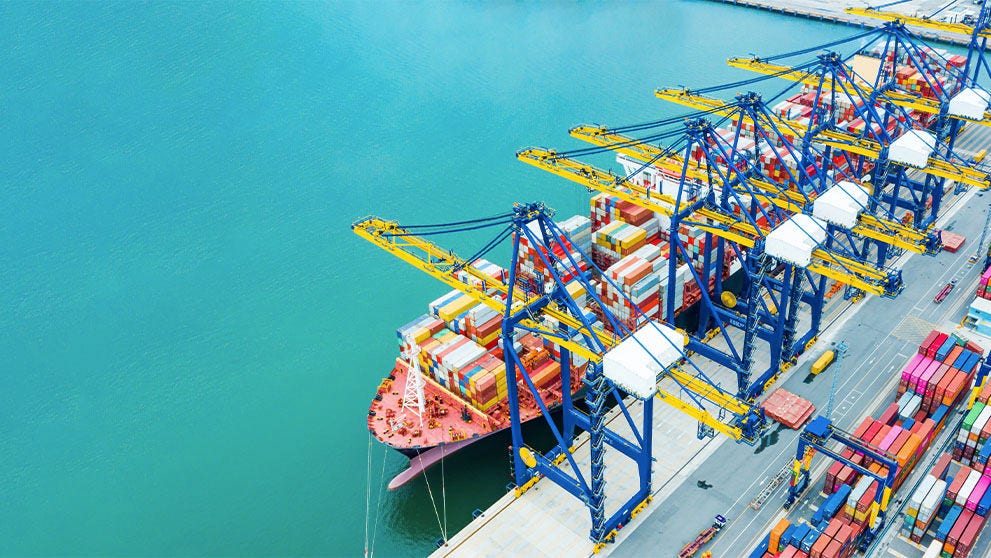
Documentation plays a crucial role in international trade and logistics. One particular document that often causes confusion is the pro forma invoice, which is frequently mistaken for a commercial invoice.
So, if your business is involved in exporting or importing goods and you're seeking to understand the differences between commercial invoices and pro forma invoices, this guide will help. We'll cover what a pro forma invoice is, its use in international shipping, and how DHL Express can simplify the process of creating both pro forma and commercial invoices to make shipping a breeze for businesses of all sizes.
What is a pro forma invoice?
To understand this term, let’s first explore the meaning of 'pro forma'. Pro forma, which means ‘as a matter of form’ in Latin, refers to actions taken or services conducted out of courtesy or tradition rather than for a legitimate purpose.
For New Zealand importers, a pro forma invoice is a document that states the offer or preliminary bill from the seller to provide specific products at a given price. Unlike a commercial invoice, this document is not legally binding.
This document serves as a preliminary document that lists the particulars and anticipated charges of a proposed transaction. A New Zealand importer can use a pro forma invoice for crucial financial planning, such as budgeting for shipping costs and applying for import permits, as it is often given by a vendor to a potential customer before the delivery of the products or services. The objective of a pro forma invoice is to provide the buyer with an idea of how much money they may anticipate paying overall for the goods or services. Hence, this preliminary bill is a vital tool for securing financing if needed.
Conversely, a New Zealand exporter would use it to present a detailed sales proposal to an overseas buyer, clearly outlining products, quantities, Incoterms, estimated shipping costs, and payment terms, providing a clear overview before a final commitment is made.

What are the key elements of a pro forma invoice?
As always, not all pro forma invoices are the same, so there might be slight differences with each company. However, a typical pro forma invoice includes these key elements:
Description of goods
A complete description of the goods or services being offered, including their quantities, details, and any additional terms or conditions.
Estimated costs
An estimate of the expenses for each good or service, taking into account unit pricing, taxes, shipping charges, and any applicable rebates or special offers.
Contact information
Contact details for the buyer and the vendor, such as names, addresses, phone numbers, and email addresses.
Validity period
Details of the pro forma invoice's validity term, showing the window of opportunity for the buyer to accept the offer.
Terms and conditions
Detailed terms and conditions related to the transaction, such as payment guidelines, delivery dates, and any applicable warranties or guarantees, may also be included in the invoice.
When to use a pro forma invoice
Typically, a pro forma invoice is utilised when a buyer and seller are still in the planning or negotiating stages of a transaction.
It gives the buyer a rough idea of the costs, enabling them to decide whether the purchase can be afforded and adjust their budget accordingly.
When dealing with new or potential customers in international trade, pro forma invoices are frequently utilised since they give a comprehensive overview of the anticipated expenses before the final agreement is achieved.
For example, a boutique retailer in Germany interested in stocking a natural skincare brand from New Zealand might request a pro forma invoice to review product pricing, estimated shipping costs, and quantities before confirming the order. The New Zealand business would then use the pro forma invoice to outline the potential transaction, helping the German buyer make an informed decision and secure any necessary financing without triggering a customs declaration or legal commitment.

Understanding commercial invoices
A commercial invoice serves as a customs declaration for goods being shipped across international boundaries.
It contains in-depth details on the products, their cost, and the deal between the buyer and the seller. This specific document will be used by customs authorities to determine the applicable taxes, levies, and charges on imported products.
For New Zealand exporters, it is their responsibility to issue accurate and complete commercial invoices, which is a non-negotiable requirement for clearing customs in the destination country. Failing to do so can result in costly delays, fines, or a shipment being refused.
Conversely, for New Zealand importers, the commercial invoice is the primary document used by the New Zealand Customs Service (NZCS) to assess duties and taxes. Errors or inaccuracies on this document can lead to significant customs delays, financial penalties, or even seizure of the goods.
If you're interested, click here to learn more about commercial invoices.
Key elements of a commercial invoice
Here is a recap of the key elements inside a commercial invoice. These are only some of the more important elements in a commercial invoice.

Seller and buyer information
Provides detailed information about the seller and the buyer, such as their names, addresses, contact details, and tax identification numbers.

Description of goods
Provides a comprehensive description of the products shipped, detailing their quantities, unit costs, overall costs, and any pertinent product codes or specifications.

Commodity code
Shows the product identification code that is used in the country of export to help categorize the product or items that are being exported.

Origin country
Instead of showing the country of the exporter, this section refers to the original location of the items' manufacture. Do take note that items that are produced or made in more than one nation will be listed out in this section.

Invoice total declared value
Write the value of the commodities using the chosen Incoterm. These two elements must also be noted if the seller is responsible for paying the freight and insurance costs.
However, if the buyer is to pay the freight company and any other incurred costs, you simply need to enter the worth of the goods.

Shipping information
The shipment's method of delivery, carrier, tracking information, and any relevant shipping documents, including airway bills or bills of lading, are all included in this document.
When should I use a commercial invoice?
Typically, a buyer will receive the commercial invoice beside the goods once the transaction is complete.
A commercial invoice functions as a contract and proof of sale between the seller and the buyer. It outlines the terms of the sale, including the quantity and description of the goods, the payment schedule, and other crucial details.
For accounting purposes, commercial invoices are essential since they allow for proper financial reporting and tax compliance. Additionally, when items are delivered overseas, commercial invoices are a necessity for customs clearance.
For instance, a New Zealand craft brewery shipping a confirmed order of its popular IPA to an Australian distributor would issue a commercial invoice. This document would detail the exact products, quantity, and value of the shipment. The commercial invoice also serves as the final billing document, enabling the distributor to process the payment and officially receive the goods.
How MyDHL+ makes creating pro forma and commercial invoices easier
MyDHL+ is a powerful platform designed to simplify your shipping documentation process. It digitally records all your customer information, remembering previously keyed-in details to automatically fill in your pro forma and commercial invoices.
Additionally, MyDHL+ provides accurate rate quotes and estimates for the country you are shipping to upon request. This allows you to clear customs with ease, ensuring that your recipients and clients will not incur additional fees for their packages.
MyDHL+ also grants you access to the Commodity Tariff Codes required for customs clearance, which helps avoid delays and provides more precise estimates of your taxes and duties, creating fairer and more efficient solutions for your business.
Create a DHL Express business account today and utilize the MyDHL+ tool to effortlessly generate pro forma and commercial invoices for your international shipping needs.
What are the differences between pro forma invoices and commercial invoices?
While both of these documents are a form of invoice and share similar qualities, they have several distinctive features.
To summarize everything, here are the major differences between these two invoices.
Legality
Commercial invoices are official papers that have legal weight and are used as proof of the transaction; on the other hand, pro forma invoices are not.
Timing
Commercial invoices are generated after the transaction is complete, whereas pro forma invoices are generated before the delivery of the products or services.
Main purpose
Commercial invoices reflect the actual sale and demand payment for the goods or services, whereas pro forma invoices serve as estimates or bids and give potential customers a general idea of projected prices.
Payment
Pro forma invoices are estimates, therefore they don't need to be paid right away, but commercial invoices demand rapid payment by the agreed-upon terms.
Customs clearance
When shipping products overseas, commercial invoices are required for customs clearance as they give precise information about the worth of the commodities for regulatory and tax purposes.
Two invoices — similar, yet different
It's safe to say that both invoices have similar details such as buyer and seller information, the contents of the shipment, their price, terms of sale, insurance costs, country of origin, and the Harmonised System (HS) codes.
However, we hope that you understand the differences between pro forma invoices and commercial invoices after reading this article.
Understanding the differences may be crucial when it comes to shipping your products overseas. This is especially important as customs authorities from all around the country typically use invoices to determine whether the goods in question may be exported or imported — for instance, in the case of restricted goods.
So, to wrap things up, commercial invoices record completed transactions and serve as official documents for payment. On the other hand, pro forma invoices give estimations and introductory data to potential customers. If your business needs reliable international logistics, DHL Express has the tools and expertise to simplify the entire process.
Open a DHL Express business account today to explore our range of efficient shipping solutions.

































